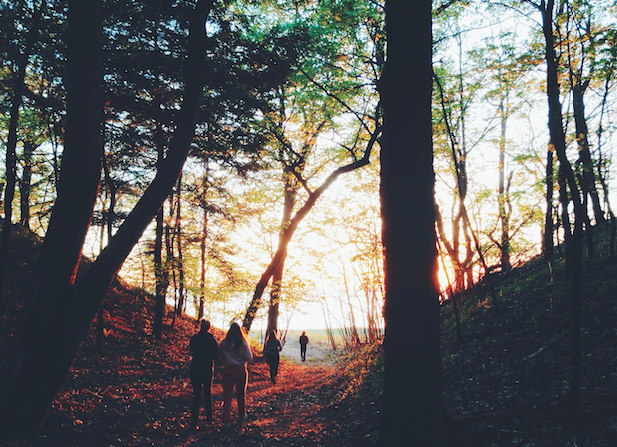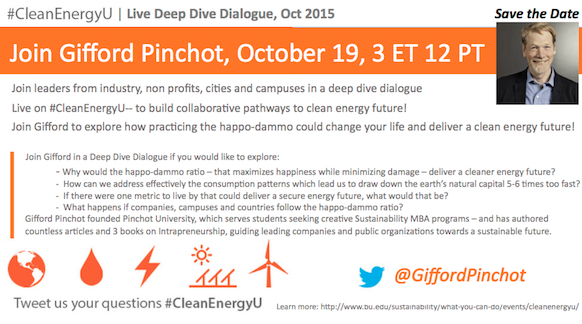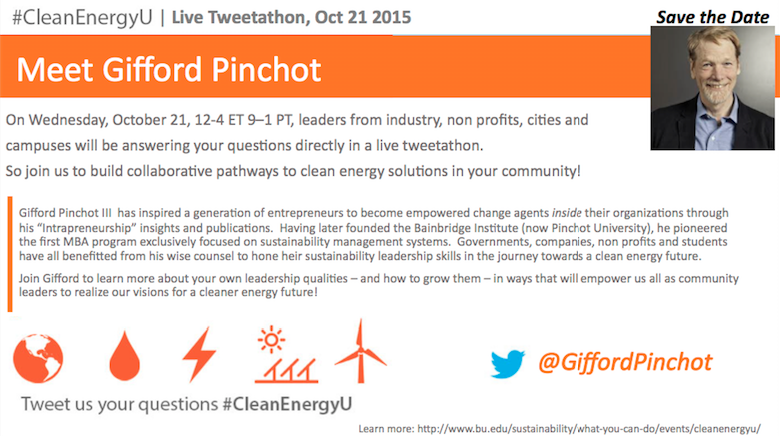Code Green Solutions


Pope Francis, when speaking during his visit to the United States, shared with us in his gentle manner a rather blunt truth: that, if we are to successfully address climate change here in the US, our patterns of consumption need to (quite radically) change:
“Since the market tends to promote extreme consumerism in an effort to sell its products, people can easily get caught up in a whirlwind of needless buying and spending … This paradigm leads people to believe that they are free as long as they have the supposed freedom to consume … But those really free are the minority who wield economic and financial power.”
He continued by calling for a new self-awareness that could guide and direct our actions towards more compelling purposes – a new compass if you like:
“Amid this confusion, postmodern humanity has not yet achieved a new self-awareness capable of offering guidance and direction, and this lack of identity is a source of anxiety. We have too many means and only a few insubstantial ends.”
In 2004 while playing frisbe golf with his son, Gifford Pinchot found a new compass to re-direct and guide his life purpose: the happodammo ratio. Maximizing happiness (his and others) while minimizing the damage done through his consumption has been the self-awareness principle that Gifford has now applied not only to his own life but to corporate strategies and government policies with great success.
 Can something this simple – to advocate for the greater happiness with least damage – redirect our extreme consumerism to fit within our planet’s budget? Check out Gifford’s Ted Talk, and read his article on the HappoDammo Ratio published in full below.
Can something this simple – to advocate for the greater happiness with least damage – redirect our extreme consumerism to fit within our planet’s budget? Check out Gifford’s Ted Talk, and read his article on the HappoDammo Ratio published in full below.
And join Gifford for our #CleanEnergyU Deep Dive Dialogue on Oct 19 3:oo PM ET /12:00 PM PT to ask him such questions… and consider how the happodammo ratio might influence your decisions – or even change your life and our planet’s.
—
The HappoDammo Ratio
In the summer of 2004, I was in a workshop at Hollyhock in BC when my son, then about 28, said, “Dad, you can’t stay indoors all week in weather like this. Why don’t you play hooky for one afternoon and let me show you how my generation has fun.”
He took me to the Linnaea School’s disc golf course. It was in a beautiful forest, mostly Douglas Fir and Western Red Cedar, with a knee-high understory dominated by Salal and Sword Fern.
Disc golf (or frisbee golf ) is played much like traditional golf, except that one throws Frisbee® like discs instead of hitting a golf ball. The “holes” are traditionally metal baskets, though in this case they were just old five-gallon paint buckets painted red and nailed on top of a cedar post.
We played 36 holes and then decided to go to for a swim. At Haig Lake we took off our clothes, swam to an island half a mile away, ran around on the cliffs, were chased by yellow jackets, dove back in and swam back to our clothes.
As I put them back on, I realized that we had had a very happy afternoon and done a tiny fraction of the environmental damage done by a typical afternoon of golf followed by a dip in the club pool. No bulldozers were used to make the Linnaea course. No trees were cut down; no sand hauled in; no pesticides, herbicides or fungicides or irrigation were used. I guessed that we had achieved at least the same level of happiness with less than one thousandth of the environmental damage.
 As those thoughts were drifting through my head, I saw a simple arithmetic formula that seemed to me to point to an important and obvious truth.
As those thoughts were drifting through my head, I saw a simple arithmetic formula that seemed to me to point to an important and obvious truth.
The name “HappoDammo Ratio” seemed a little goofy, but I couldn’t think of one I liked better. Now it seems to have stuck.
As it turns out, the HappoDammo Ratio is a useful compass for navigating the challenges of our time. In order to deal with climate change, poverty, toxic accumulation, resource exhaustion and a host of other problems, we are either going to have to figure out how to get more happiness from less stuff or we will keep on increasing consumption until the systems on which we depend crash. The HappoDammo Ratio defines the fundamental challenge of our times. It points to the possibility for vast improvements over the current course of society.
I use the HappoDammo ratio for lifestyle and purchasing choices, new product design, organizational improvement, analyzing government policy, etc. In my own life, I fly less and enjoy life at home, which is higher Happo and lower Dammo. I have a motorcycle that gets 50 mpg and is more fun than a car. However, if I take a systems view it may not be higher HappoDammo because it makes my wife unhappy. So I take the bus and meditate along the way. I’m just learning.
In business, I look for creative ways to make customers and employees happier using less stuff. More happiness is what people want and will pay for. Less stuff is usually less cost. Understanding what makes people happy is a critical 21st Century business skill. This way lies profit as well as hope for our society.
For those hoping to shape society in other ways, the HappoDammo Ratio provides a powerful creative paradigm. For environmentalists it suggests a shift:
From: Recommending sacrifice for the good of nature and future generations.
To: Advocating for greater happiness today as well as in the future.
This is a far more appealing proposition.
The HappoDammo Ratio gives me hope. Many current ways of striving for happiness are so ineffective that it won’t be hard to discover less resource intensive ways to produce greater happiness. In future blogs I will discuss business opportunities that the HappoDammo Ratio uncovers, ways to measure happiness and damage and more information about what actually makes us happy.
—
So over to you to maximize your happiness, minimize your damage – and find new ways to live within the 2.7 ton average CO2 human budget that we all need to slim into if we’re to stay below 450ppm!
Intrigued to find new creative ways to achieve this goal?
Join Gifford for our #CleanEnergyU Deep Dive Dialogue with him on Oct 19 at 3:00 PM ET / 12:00 PM PT… and again with other clean energy leaders during the #CleanEnergyU Tweetathon October 20/21 from 12-4:00 PM ET.